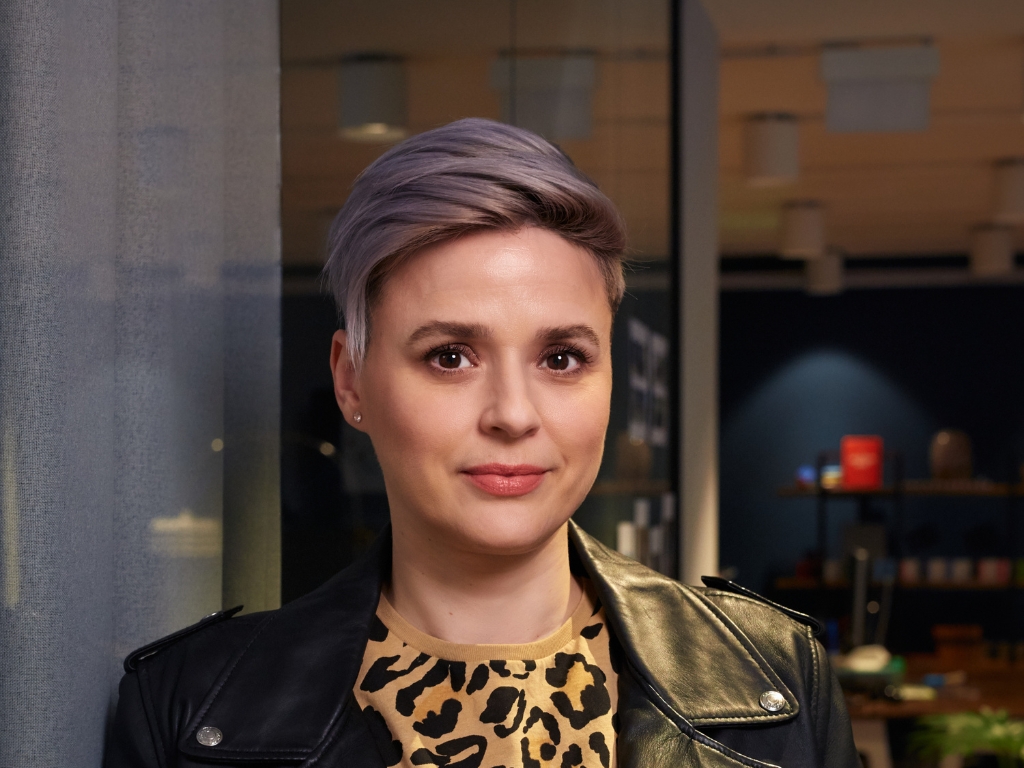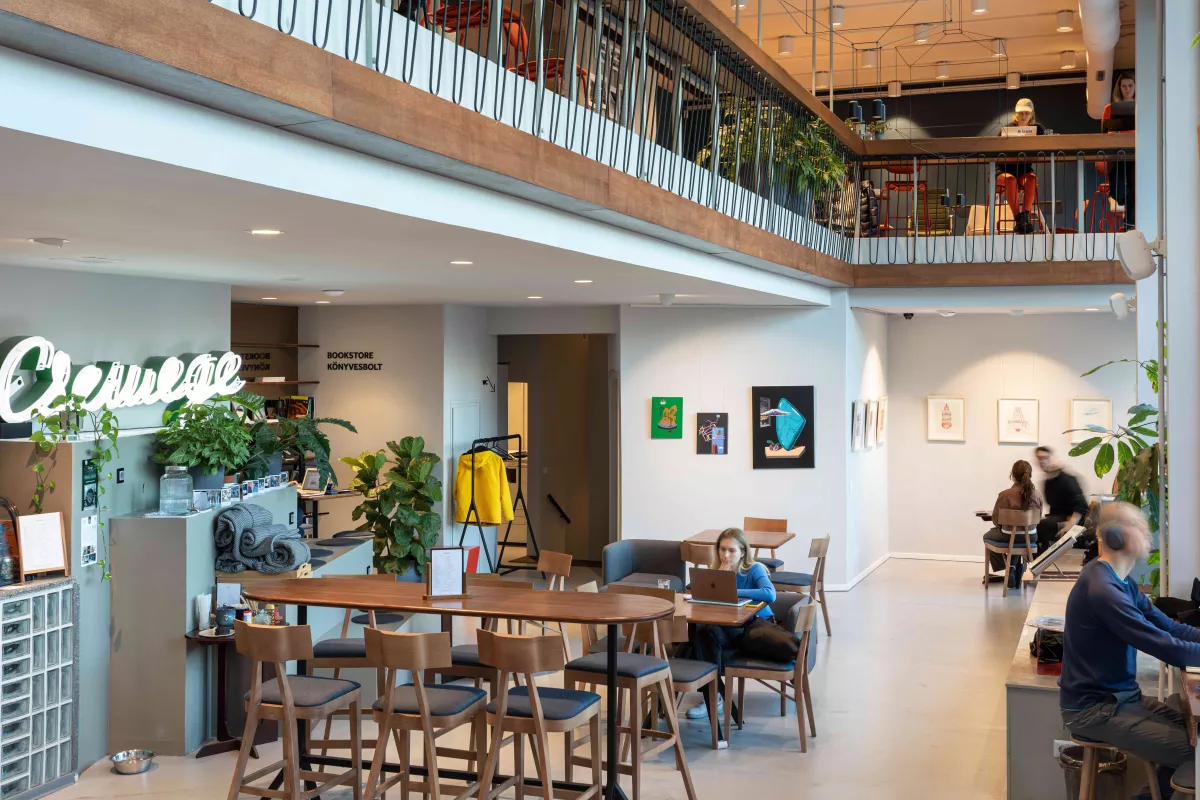Advertising is an industry where ambition doesn’t need to be hidden
Interview with Andrea Tóth, Managing and Creative Director at Kastner, originally published in Kreatív magazine.
“If by growth we mean progress built on accumulated experience, then we support that for everyone,” says Andrea Tóth, Managing and Creative Director of Kastner. She believes the visibility of the first generation of female creative leaders plays a key role in inspiring junior professionals. This is the second part of our series showcasing female creative directors.

What makes a creative team good, in your opinion?
The most important thing I’ve learned over the years is that motivation cannot be given or expected from outside. You either have the drive to create, or you don’t - and you can’t install it in someone no matter how hard you try. A team works best when similarly motivated people come together.
It’s also crucial that team members work well together on a human level and leave their egos at the door. Healthy self-awareness is key - that’s how we can have productive debates about ideas on paper without taking criticism personally. Once that foundation is in place, everything else is a bonus.
We’re a small team working across multiple countries, so we mostly have senior people - some of whom we’ve worked with before or have been with us for a long time.
How often do you work overtime? How is it compensated?
We’re lucky that work mostly gets done during working hours. Of course, people can choose to start early or finish late if it fits their personal schedules - but that’s up to them.
Is there a pay gap between men and women in the same roles?
No, pay is clearly based on experience. It doesn’t even come up as a question.
Andrea, tell us a bit about your career path.
I started as a copywriter at Grey, then spent ten years at Saatchi & Saatchi where I climbed the ranks and eventually left as Creative Director. I freelanced for a while, with a one-year stop as Creative Director at Ogilvy. For the past four years, I’ve been Managing Creative Director at Kastner.
How many team members have families? Do they receive special support?
We have parents in both our creative and account teams, and we take a flexible approach to work-life balance. I’ve always believed that personal and professional lives don’t have to be at odds. Whether someone needs time during the day for family matters or to take their dog to the vet, we make it work.
Since the pandemic, we’ve seen that companies can be flexible and that employees really appreciate that. At the end of the day, what matters is whether the work gets done. I had to fight hard for this kind of flexibility when I was an employee - now it’s much easier.
How do you handle maternity returnees?
I believe in compromises here too. If someone wants to come back, we talk it through - what works best for them and how we can support it. In my experience, many creatives opt for freelancing after having children, because they want to pursue personal creative projects that they started during their time at home.
A recent study found that professional growth is a top motivator, especially for women - even more than salary. What growth opportunities do you offer?
If by growth we mean moving forward based on experience, then yes, we absolutely support that. For women, ambition isn’t always seen as positive in every environment - but advertising is one industry where you don’t have to hide it. It’s completely normal to have big plans, and we try to create a space where people feel supported in pursuing them. Interestingly, most of our leadership roles are filled by women.
Do you offer training or education programs?
I don’t believe in mandatory workshops - I used to dread them myself. Our community space, the Kastner Kommunity, gives us a great platform for engaging, inspiring formats. We host events and workshops for the team, from terrarium-making to sessions on AI’s future in creativity.
There used to be very few female creative directors in Hungary - or globally. Why is that changing now? What’s different about female creative leaders, if anything?
It’s a divisive topic. I’ve heard male colleagues argue that women shouldn’t be invited to international juries just because they’re women, but because they’re great professionals. And I agree - competence is key. But we had to start somewhere, and if that meant having a gender quota, so be it.
In the past, it was people like David Droga and Amir Kassaei in those positions. Now, thankfully, things have changed. The first generation of female CDs had to become visible so that junior women could see this path as an option. For me, it was Juli Nemes (rest in peace). I was very young when I first spoke with her at Portorož - it felt totally natural that she was a bold, female leader. Today, it’s totally acceptable for women to lead as global CCOs. In the Kastner network, several markets have female creative directors.
And what makes women different? Professionally, nothing. Everyone has a unique personality and working style - it’s not about gender.
It’s similar in film - women still face challenges, but we’re lucky to have talents like Hajni Kis and Orsi Nagypál paving the way.





